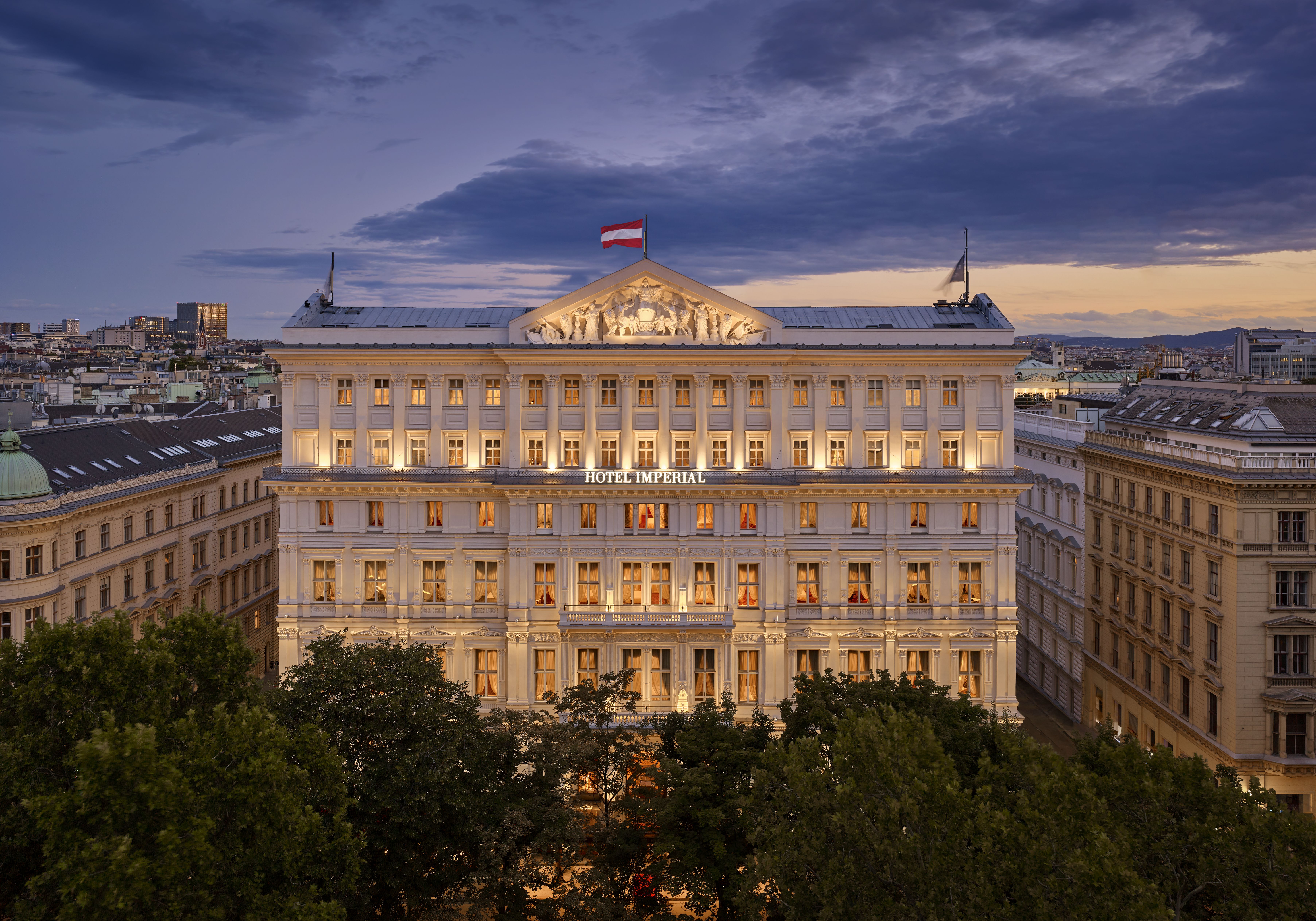In search of the Viennese Secession
Vienna is primarily associated with its exceptionally rich musical history. Mozart, Beethoven, Brahms, Schönberg, Schubert, Strauss and Mahler all lived, or spent long periods, in the capital of Austria and the Austro-Hungarian empire. It is the home of the Musikverein, the Vienna Philharmonic, the famous boys choir and the Vienna State opera. Its famous New Year’s Day celebrations, with the strains of Strauss’s Blue Danube mark the start of the year. If you would prefer something a little more relaxed there’s “The Last Enjoyable Opera Company” (The L.E.O.) (www.theaterleo.at) which offers pure opera, where the audience is allowed to drink a glass of wine and hum along during the performance. The repertoire includes the most popular operas, and the singing is accompanied by a pianist.
The city is also rich in the visual arts and if you’re feeling a little homesick the Kunsthistorisches Museum Vienna houses the world’s largest collection of works by Pieter Bruegel the Elder, including ‘The Tower of Babel’ and ‘The Peasant Wedding’. However, the cultural connection has also worked in the other direction, the most emblematic work of the Vienna Secession, Stoclet House, is in Brussels. The Secession is the counterpart of the Art Nouveau movement in France and Belgium. In some ways it is more angular in style and redolent of the work of Charles Rennis Macintosh and the British arts and crafts movement. We select a few places in Vienna to enjoy this particular part of Vienna’s architectural, artistic and design history.
Secession Building (Secession Gebäude)
The Secession Building is the pinnacle of Viennese Secession architecture. Designed by Joseph Maria Olbrich in 1897, this iconic structure features a highly ornamental exterior adorned with intricate plant-like motifs. The building houses the famous Beethoven Frieze by Gustav Klimt, a masterpiece that embodies the movement’s ideals of individuality and artistic independence. It was burned down by the anti-modern Nazis during World War II, but it was rebuilt in the aftermath of the conflict. www.secession.at
Karlsplatz Stadtbahn Station
Designed by Otto Wagner, the Karlsplatz Stadtbahn Station showcases Wagner’s vision of integrating art into everyday life. This striking metro station combines functionality with ornamental design, featuring elaborate ironwork, elegant glass canopies, and distinctive geometric patterns.
The Otto Wagner Pavillion, situated within the Karlsplatz metro station complex, is another remarkable symbol of the Viennese Secession movement. The Pavilion is an ideal spot to appreciate Wagner’s architectural vision and his contribution to the Viennese Secession movement.
Klimt Villa
Located in Vienna’s Hietzing district, the Klimt Villa was once the residence of Gustav Klimt, one of the movement’s most celebrated artists. The villa serves as a tribute to Klimt’s life and work, offering a glimpse into his artistic process and personal life. www.klimtvilla.at
Leopold Museum
The Leopold Museum houses one of the most extensive collections of Viennese Secession artwork in the world. It features iconic pieces by artists such as Klimt and 42 paintings, 187 original graphics of Egon Schiele. If you’re visiting from April onwards visit the MQ Libelle roof terrace, the perfect place to enjoy a Spritzer and look down on the city. www.leopoldmuseum.org
MAK – Museum of Applied Arts
The museum shows furniture, glass, china, silverware, and textiles from the Middle Ages to the present day. Precious crafts from the Wiener Werkstätte founded in 1903 by Josef Hoffmann and Koloman Moser, bentwood furniture by Thonet – synonymous with Viennese coffee houses and art nouveau highlights, such as the gilded design of Gustav Klimt for the frieze of the Stoclet Palace in Brussels. www.mak.at
There’s a free digital city guide for Vienna ‘ivie’ to explore the city and its many aspects, curated by topics. With ‘Walks & Guides’ there are many practical suggestions for tours of Vienna. The ‘Vienna Modernism Guide’ is the perfect tour to see the Viennese Secession.
Where to stay
The Imperial Hotel in Vienna is from another era. Established in 1873, it celebrated its 150th anniversary in 2023, it is a favorite haunt for aristocrats, artists, and diplomats from around the world. The hotel’s opulent interiors, meticulously curated art collection, and sumptuous amenities have attracted everyone from Sigmund Freud, Charlie Chaplin, Zubin Mehta and Queen Elizabeth II.
Designed by architect Heinrich Adam, the building exudes neo-Renaissance splendour, it has an ornate façade, intricate stonework, and grand proportions. Inside, guests are greeted by palatial interiors, vibrant marble, and exquisite chandeliers that embody the opulence and elegance of the time. The hotel also hosts world-class restaurants serving gourmet Austrian cuisine and has a luxurious spa. Even if it might be beyond your budget to stay, it’s an excellent location to enjoy an aperitif or afternoon tea.
Hotel photos: © Hotel Imperial
Vienna photos: © WienTourismus/Paul Bauer and © WienTourismus/Christian Stemper
Linked articles:


















